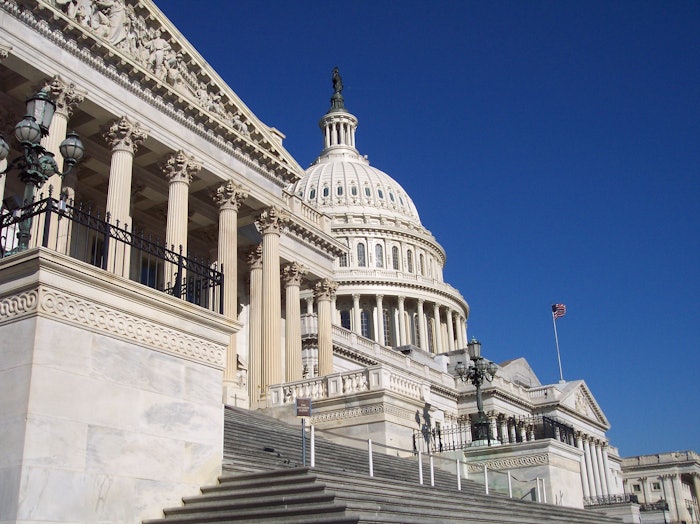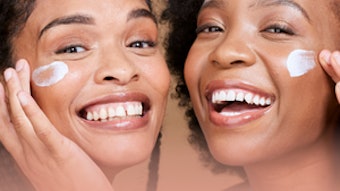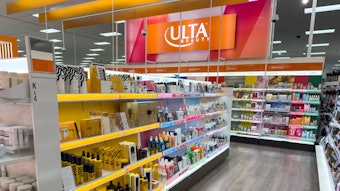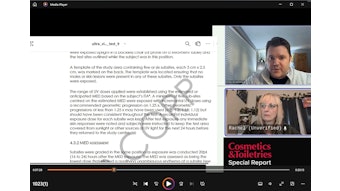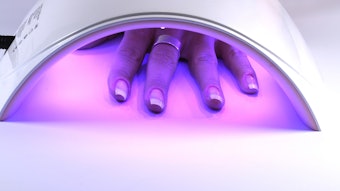NPR reports that a group of U.S. lawmakers — Reps. Jan Schakowsky of Illinois, Lizzie Fletcher of Texas, Doris Matsui of California and Ayanna Pressley of Massachusetts — has introduced a federal legislative package of four bills intended to restrict the use of specific chemicals in cosmetics and personal care products sold in the United States.
Ingredients with intentionally added ortho-phthalate or formaldehyde-releasing preservative
Formaldehyde (CAS No. 50–00–0)
Methylene glycol (CAS No. 463–57–0)
Mercury and mercury compounds (CAS No. 7439–97–6)
Isobutylparaben (CAS No. 4247–02–3)
Isopropylparaben (CAS No. 4191–73–5)
M-Phenylenediamine (including the salts of such substance) (CAS No. 108–45–2).
O-Phenylenediamine (including the salts of such substance) (CAS No. 95–54–5).
Lilial (CAS No. 7439–97–6)
Styrene (CAS No. 100–42–5).
Toluene (CAS No. 108–88–3).
Triclosan (CAS No. 3380–34–5).
Triclocarban (CAS No. 101–20–2).
Cyclotetrasiloxane (CAS No. 556–67–2).
Acetaldehyde (CAS No. 75–07–0).
Vinyl acetate (CAS No. 108–05–4).
Or any ingredient that contains the contaminants:
1,4 dioxane (CAS No. 14807–96–6) present at or above 2 ppm or
Lead and lead compounds (CAS No. 7439–92–1) present at or above 2 ppm for color cosmetics or 5 ppm for general cosmetics.
This article is only available to registered users.
Log In to View the Full Article
NPR reports that a group of U.S. lawmakers — Reps. Jan Schakowsky of Illinois, Lizzie Fletcher of Texas, Doris Matsui of California and Ayanna Pressley of Massachusetts — has introduced a federal legislative package of four bills intended to restrict the use of specific chemicals in cosmetics and personal care products sold in the United States.
Known collectively as the “Safer Beauty Bill Package,” the measures focus on eliminating ingredients linked to health and environmental concerns.
Phthalates, Formaldehyde and Other Flagged Ingredients
According to NPR, the centerpiece of the package, the Toxic-Free Beauty Act, would ban two classes of chemicals: phthalates and formaldehyde-releasing preservatives, and 18 potentially hazardous chemicals including mercury, formaldehyde and lead (see full list below).
Some of these have already been banned from cosmetics across the board; others have been prohibited by several U.S. states and the European Union.
Improving Transparency, Reducing Risk
In addition to banning specific chemicals, the other bills in the package would:
Protecting Consumers, Modernizing Safety Standards
Schakowsky emphasized the importance of protecting consumers and modernizing safety standards. “We want people to be able to trust that the products they’re putting on their bodies every day are safe,” she said during a press conference in Chicago, per NBC.
NPR added, referencing Consumer Reports, that the Safer Beauty Bill Package addresses gaps that were not addressed by the 2022 Modernization of Cosmetics Regulation Act (MoCRA), "including ingredient safety and transparency, which is what consumers care about most."
This legislative effort reflects growing public interest in ingredient safety and environmental health.
Proposed Cosmetic Ingredient Bans
Ingredients with intentionally added ortho-phthalate or formaldehyde-releasing preservative
Formaldehyde (CAS No. 50–00–0)
Methylene glycol (CAS No. 463–57–0)
Mercury and mercury compounds (CAS No. 7439–97–6)
Isobutylparaben (CAS No. 4247–02–3)
Isopropylparaben (CAS No. 4191–73–5)
M-Phenylenediamine (including the salts of such substance) (CAS No. 108–45–2).
O-Phenylenediamine (including the salts of such substance) (CAS No. 95–54–5).
Lilial (CAS No. 7439–97–6)
Styrene (CAS No. 100–42–5).
Toluene (CAS No. 108–88–3).
Triclosan (CAS No. 3380–34–5).
Triclocarban (CAS No. 101–20–2).
Cyclotetrasiloxane (CAS No. 556–67–2).
Acetaldehyde (CAS No. 75–07–0).
Vinyl acetate (CAS No. 108–05–4).
Or any ingredient that contains the contaminants:
1,4 dioxane (CAS No. 14807–96–6) present at or above 2 ppm or
Lead and lead compounds (CAS No. 7439–92–1) present at or above 2 ppm for color cosmetics or 5 ppm for general cosmetics.
